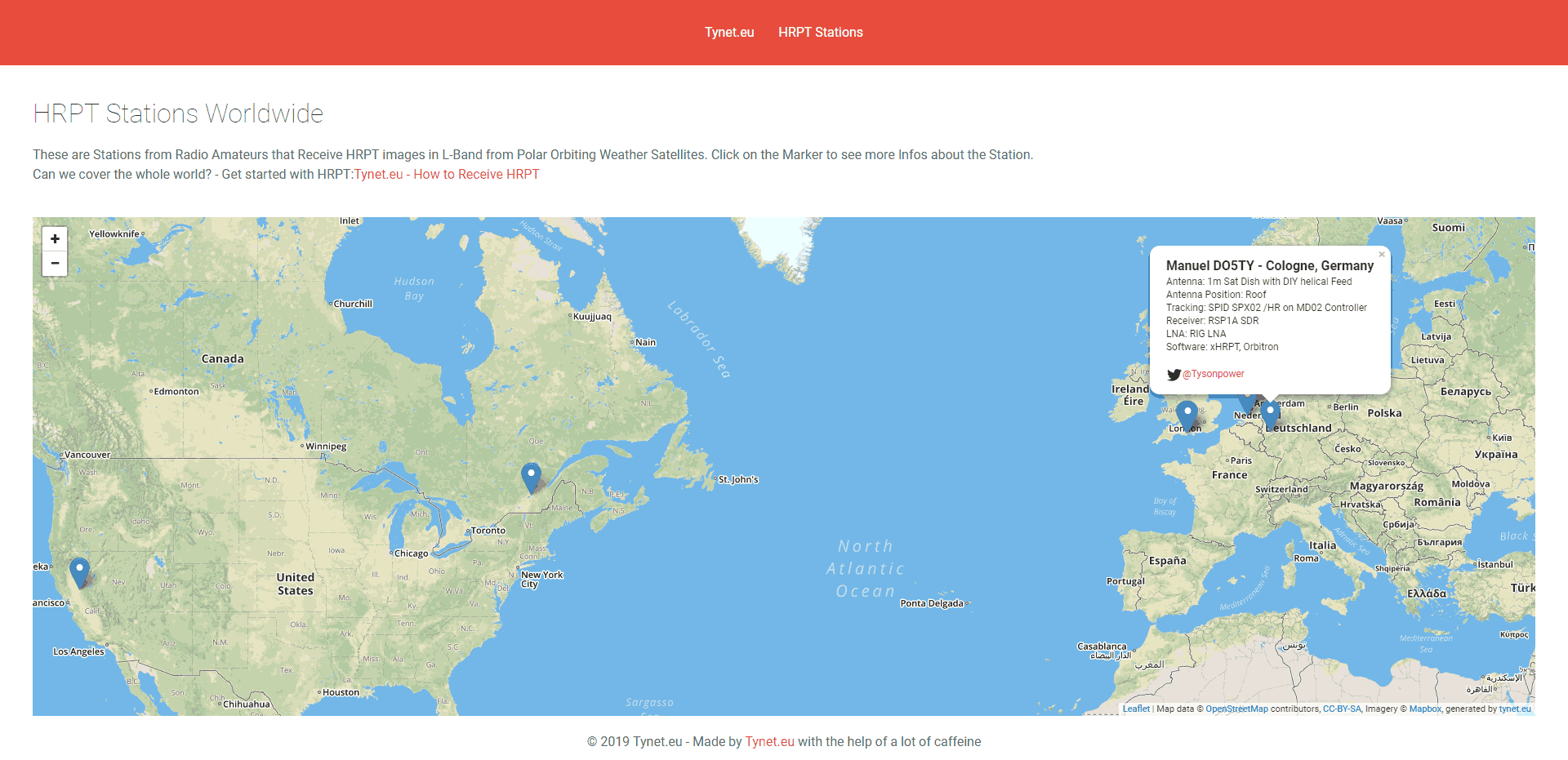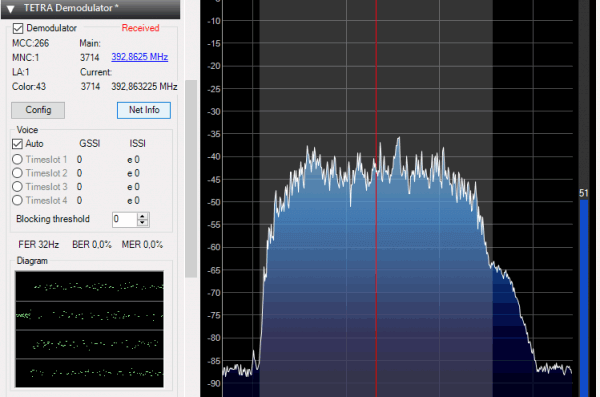SignalsEverywhere: Using DSDPlus Fastlane for Listening to Phase 1 P25 Trunking
DSDPlus is a popular piece of software often used with RTL-SDR dongles to listen to unencrypted digital voice signals such as P25 and DMR. Digital voice is now commonly used by many Police and emergency services as well as business radio. DSDPlus fastlane is DSD's paid upgrade which allows subscribers to access to the latest releases of DSDPlus early.
Over on the SignalsEverywhere YouTube channel, Corrosive has uploaded a quick video guide that shows how to use DSDPlus Fastlane and two RTL-SDR dongles to set up a Phase 1 P25 voice decoder that automatically follows a P25 trunking channel. The basic process involves running two FMP instances which is a program in the DSDPlus suite that connects to the RTL-SDR's and receives the signal. One DSDPlus instance monitors the trunking channel, and this tunes the second FMP+DSD instance to the frequency currently active in the trunking system.
Corrosive also explains how people who are subscribed to RadioReference can download pre-populated data files that will allow the DSDPlus event log to display talkgroup information so that you can see who is talking to who.

